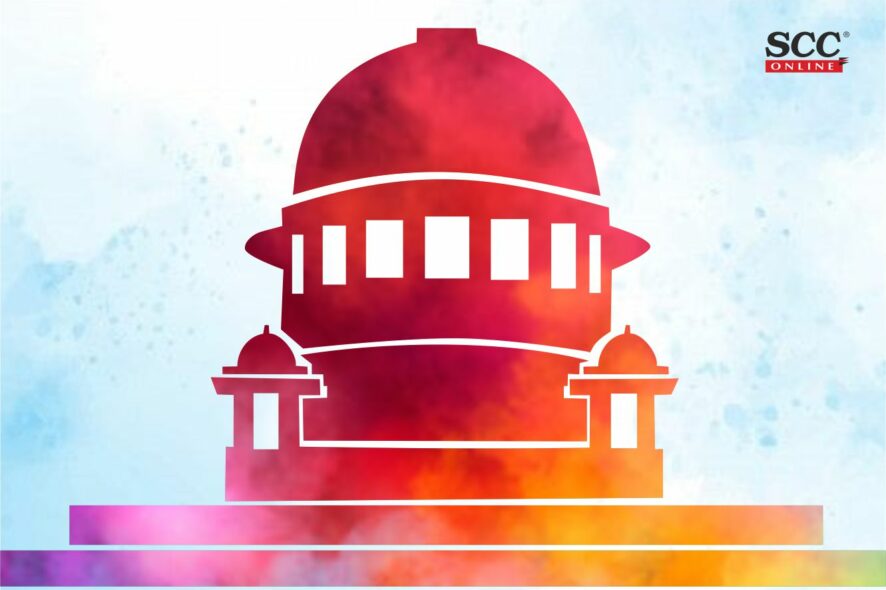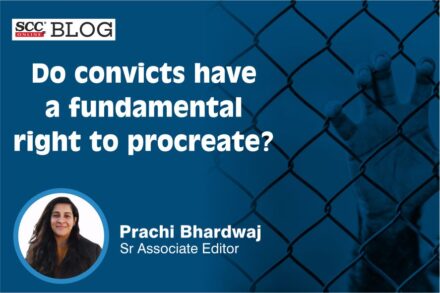Supreme Court: The bench of Dr. DY Chandrachud* and AS Bopanna, JJ while upholding the constitutionality of the Scheme formulated by the State of Tamil Nadu granting loan waiver to small and marginal farmers as these farmers suffer a greater degree of harm because of their limited capacity and aid, had the occasion to discuss in detail the under-inclusive and over-inclusive classification and explained that a statute is ‘under-inclusive’ if it fails to regulate all actors who are part of the problem and it is ‘over-inclusive’ if it regulates actors who are not a part of the problem that the statute seeks to address.
Under-inclusive and over-inclusive classification vis-à-vis the two-pronged test to determine if there has been a violation of Article 14
The determination of whether the classification is under-inclusive is closely related to the test that is undertaken by the Court while determining the relationship of the means to the end. The Court follows the two-pronged test to determine if there has been a violation of Article 14. The test requires the court to determine if there is a rational nexus with the object sought to be achieved.
While non-classification arbitrariness is tested based on the proportionality test, where the means are required to be proportional to the object, classification arbitrariness is tested on the rational nexus test, where it is sufficient if the means share a ‘nexus’ with the object. The degree of proof under the test would impact the judgment of this Court on whether the law is under-inclusive or over-inclusive. A statute is ‘under-inclusive’ if it fails to regulate all actors who are part of the problem. It is ‘over-inclusive’ if it regulates actors who are not a part of the problem that the statute seeks to address. The determination of under-inclusiveness and over-inclusiveness, and degree of deference to it is dependent on the relationship prong (‘rational nexus’ or ‘proportional’) of the test.
The nexus test, unlike the proportionality test, is not tailored to narrow down the means or to find the best means to achieve the object. It is sufficient if the means have a ‘rational nexus’ to the object. Therefore, the courts show a greater degree of deference to cases where the rational nexus test is applied. A greater degree of deference is shown to classification because the legislature can classify based on the degrees of harm to further the principle of substantive equality, and such classification does not require mathematical precision. The Indian Courts do not apply the proportionality standard to classificatory provisions.
Important Rulings
Navtej Singh Johar v. Union of India, (2018) 10 SCC 1
The over-emphasis on the ‘objective’ of the law, instead of its ‘effect’ – particularly when the objective is ostensible – was observed not to further the true meaning of the equality clauses under the Indian Constitution. The traditional two- pronged classification test needs to be expanded for the Courts to undertake a substantive review of Article 14 violations, away from the formalistic tendency that the twin test leans towards.
State of Gujarat v. Ambica Mills, (1974) 4 SCC 656
A classification is under-inclusive when all who are included in the class are tainted with the mischief but there are others also tainted whom the classification does not include. In other words, a classification is bad as underinclusive when a State benefits or burdens persons in a manner that furthers a legitimate purpose but does not confer the same benefit or place the same burden on others who are similarly situated. A classification is over-inclusive when it includes not only those who are similarly situated with respect to the purpose but others who are not so situated as well. In other words, this type of classification imposes a burden upon a wider range of individuals than are included in the class of those attended with mischief at which the law aims. Herod ordering the death of all male children born on a particular day because one of them would some day bring about his downfall employed such a classification.
[State of Tamil Nadu v. National South Indian River Interlinking Agriculturist Association, 2021 SCC OnLine SC 1114, decided on 23.11.2021]
*Judgment by: Justice Dr. DY Chandrachud








[…] Article 14: Under-inclusive and over-inclusive classification […]